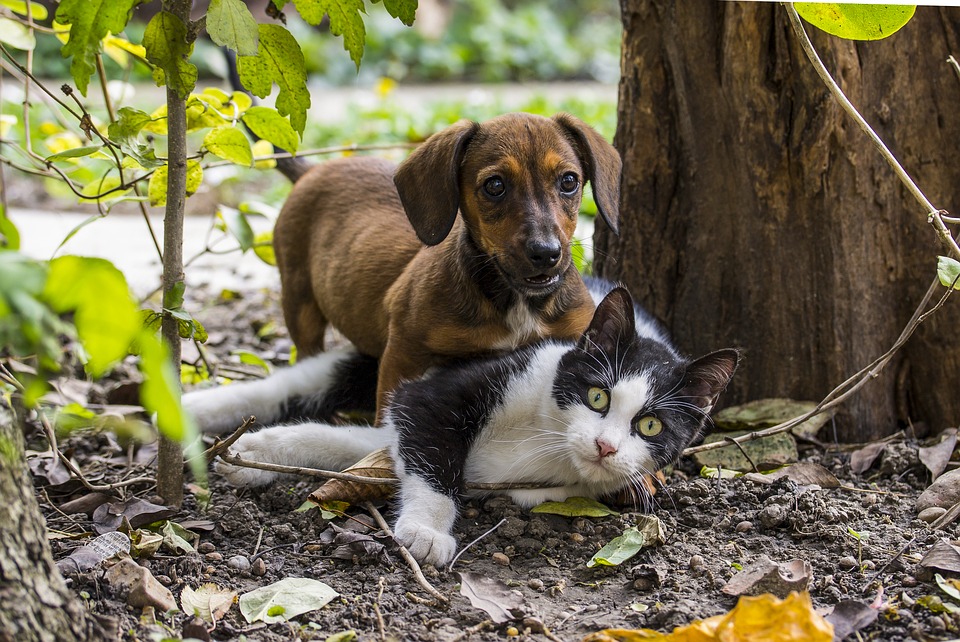-
3-minute read
-
3rd July 2017
Punctuation Tips: Run-On Sentences
Good punctuation is essential for clarity in written work. It can also have a major effect on how writing flows, especially if you miss any run-on sentences in your documents.
In this post, we’re going to explain how to spot and correct run-on sentences.
What is a Run-On Sentence?
A run-on sentence occurs when two or more independent clauses (i.e. complete sentences) are joined without the correct punctuation or a conjunction. The most obvious examples of run-on sentences are when two independent clauses are given without a full stop between them:
The cat sat on the mat the dog sat on the cat.
Another common issue is the comma splice, where two sentences are joined with a comma:
The cat sat on the mat, the dog sat on the cat.
This is incorrect, as a comma by itself cannot be used to join independent clauses.

(Photo: ilyessuti)
How to Fix Them
The best way to fix a run-on sentence depends on how the clauses are related to one another. The standard approach is to make each clause a standalone sentence:
The cat sat on the mat. The dog sat on the cat.
Here, we’ve added a full stop after the first clause and capitalised the first letter of the following word. To emphasise a connection between the clauses, however, you may need a different form of punctuation. The semicolon is perfect for this:
Find this useful?
Subscribe to our newsletter and get writing tips from our editors straight to your inbox.
Subscribe to Beyond the Margins and get your monthly fix of editorial strategy, workflow tips, and real-world examples from content leaders.
The cat sat on the mat; the dog sat on the cat.
But you can also specify a connection with a coordinating conjunction between the clauses. Remember to use a comma before the conjunction with this approach:
The cat sat on the mat, and the dog sat on the cat.
The cat sat on the mat, so the dog sat on the cat.
As these examples show, picking the correct conjunction to express the relationship between the clauses is crucial. Alternatively, you can rephrase a run-on sentence so that it uses a subordinating clause and a subordinating conjunction:
The cat sat on the mat, whereas the dog sat on the cat.
Whereas the dog sat on the cat, the cat sat on the mat.
When the subordinate clause comes before the main clause in this kind of sentence, like in the second sentence above, the clauses should be separated with a comma.